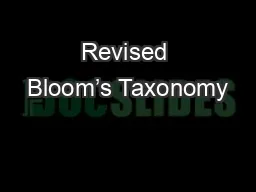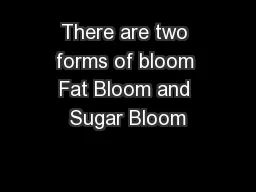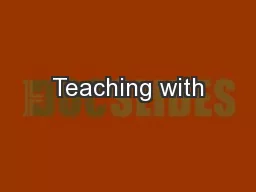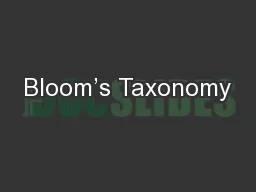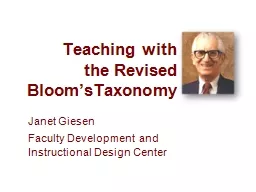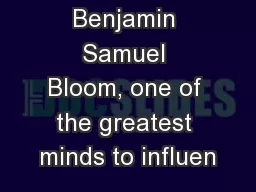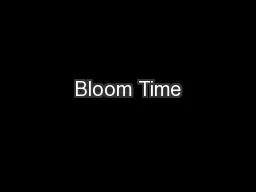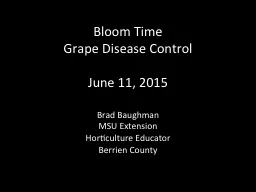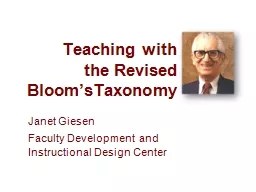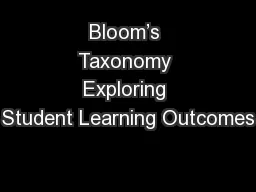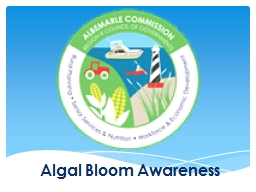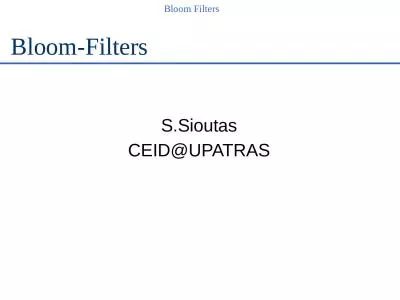PPT-Revised Bloom’s Taxonomy
Author : giovanna-bartolotta | Published Date : 2016-04-09
A Tool for Rigor and Alignment INDIVIDUALLY COMPLETE THE FOLLOWING STATEMENT I Would Know That Teaching And Learning In A Classroom o r School Were Rigorous if
Presentation Embed Code
Download Presentation
Download Presentation The PPT/PDF document "Revised Bloom’s Taxonomy" is the property of its rightful owner. Permission is granted to download and print the materials on this website for personal, non-commercial use only, and to display it on your personal computer provided you do not modify the materials and that you retain all copyright notices contained in the materials. By downloading content from our website, you accept the terms of this agreement.
Revised Bloom’s Taxonomy: Transcript
Download Rules Of Document
"Revised Bloom’s Taxonomy"The content belongs to its owner. You may download and print it for personal use, without modification, and keep all copyright notices. By downloading, you agree to these terms.
Related Documents

